Bachmann 32-085A GWR 56XX Tank 6619 BR Black (Early Emblem) Steam Locomotive
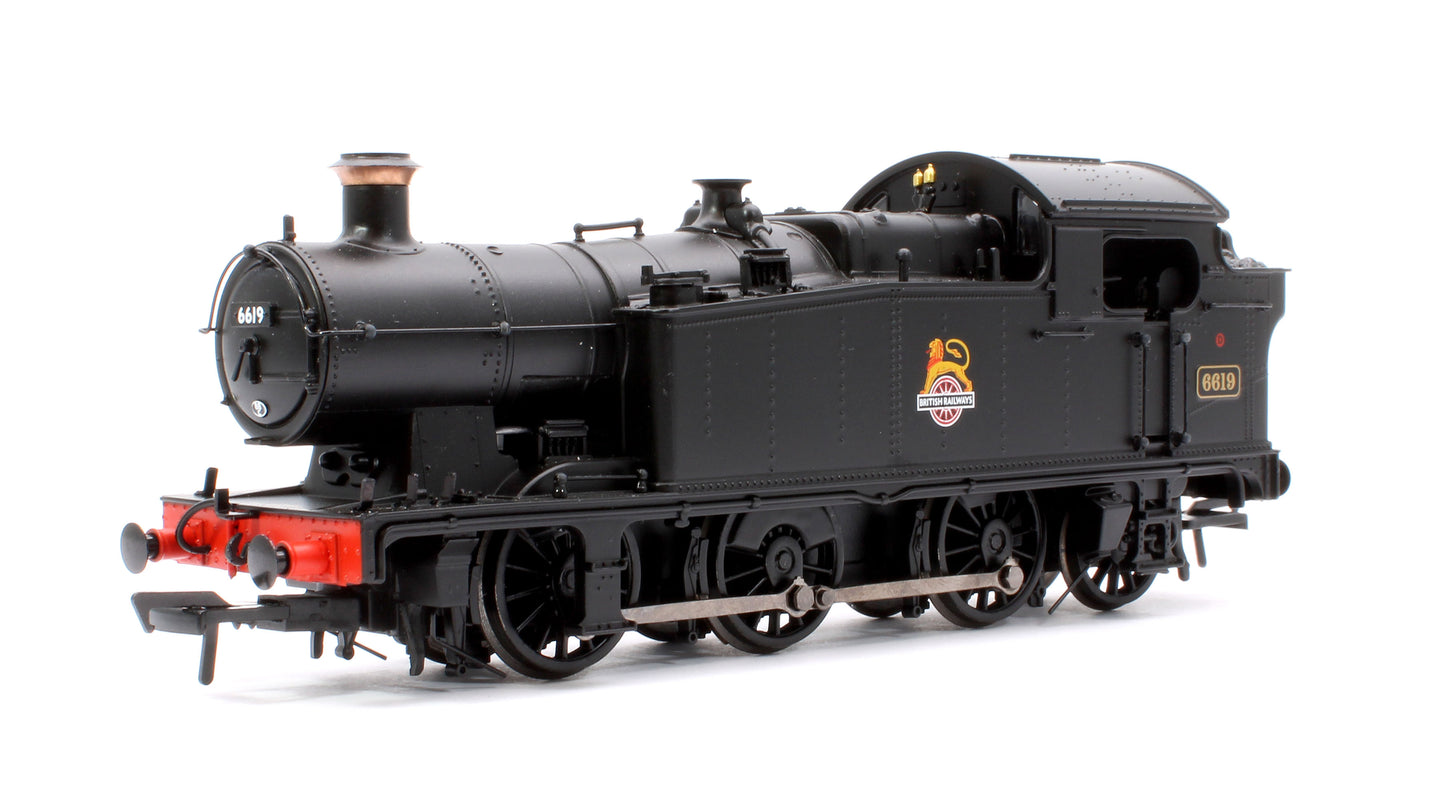

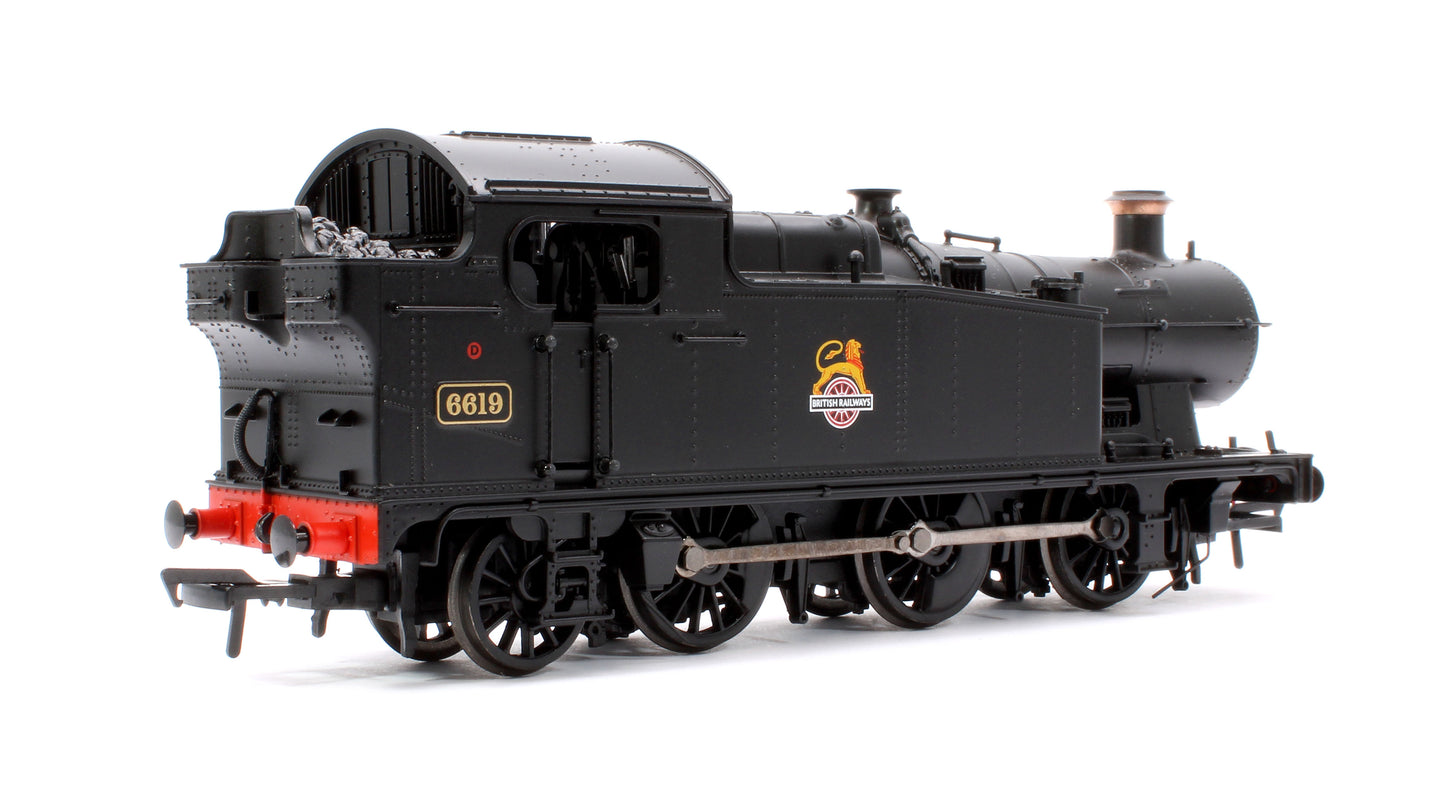
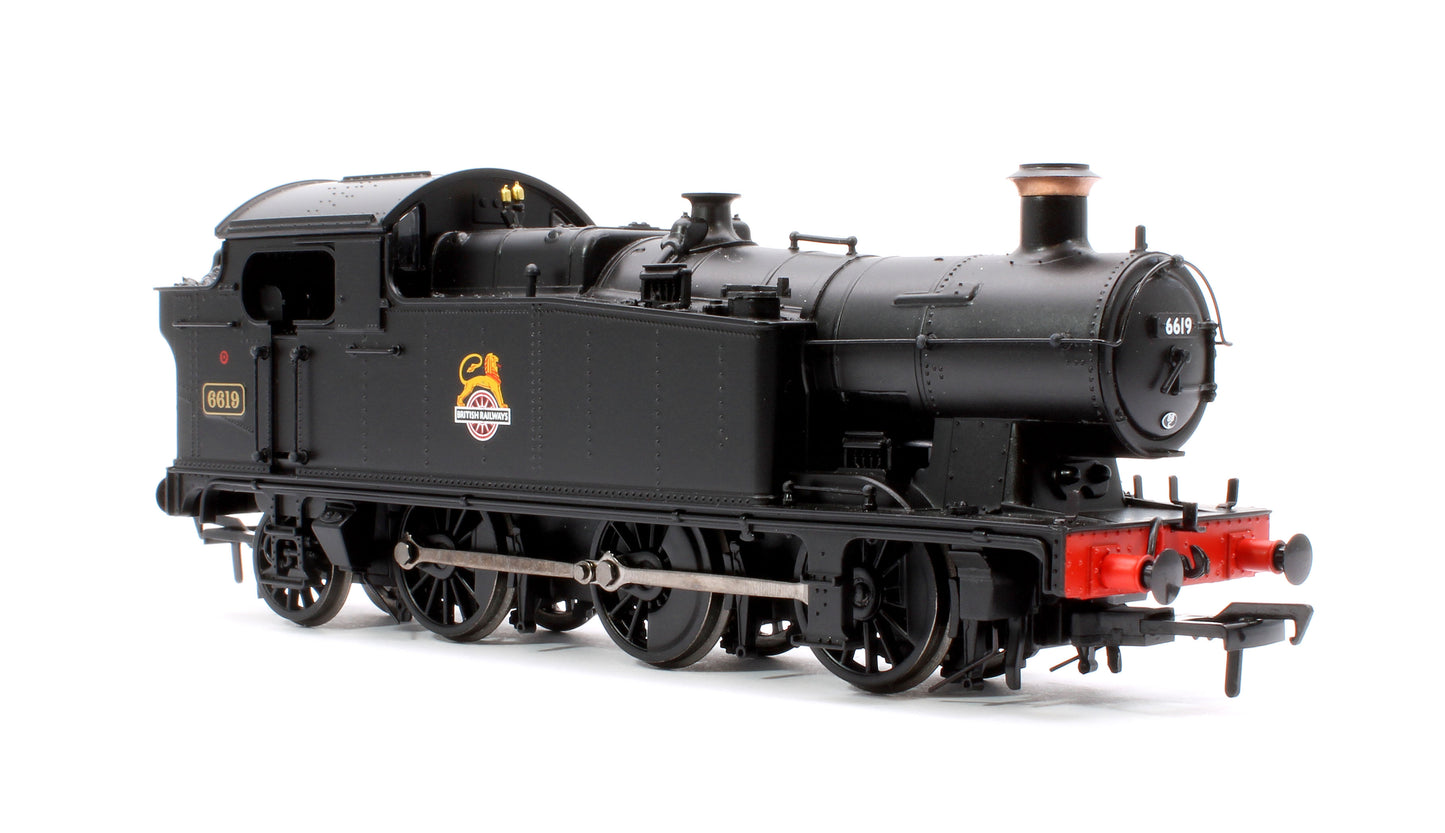

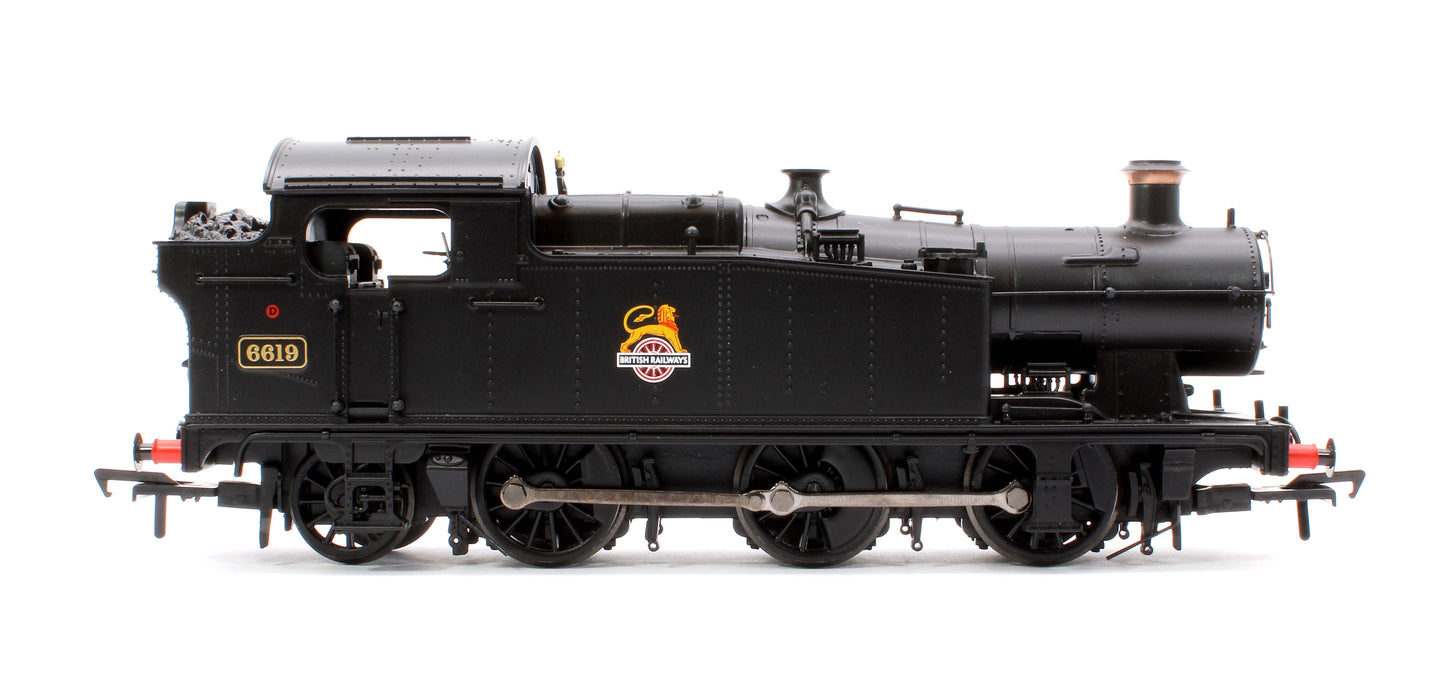
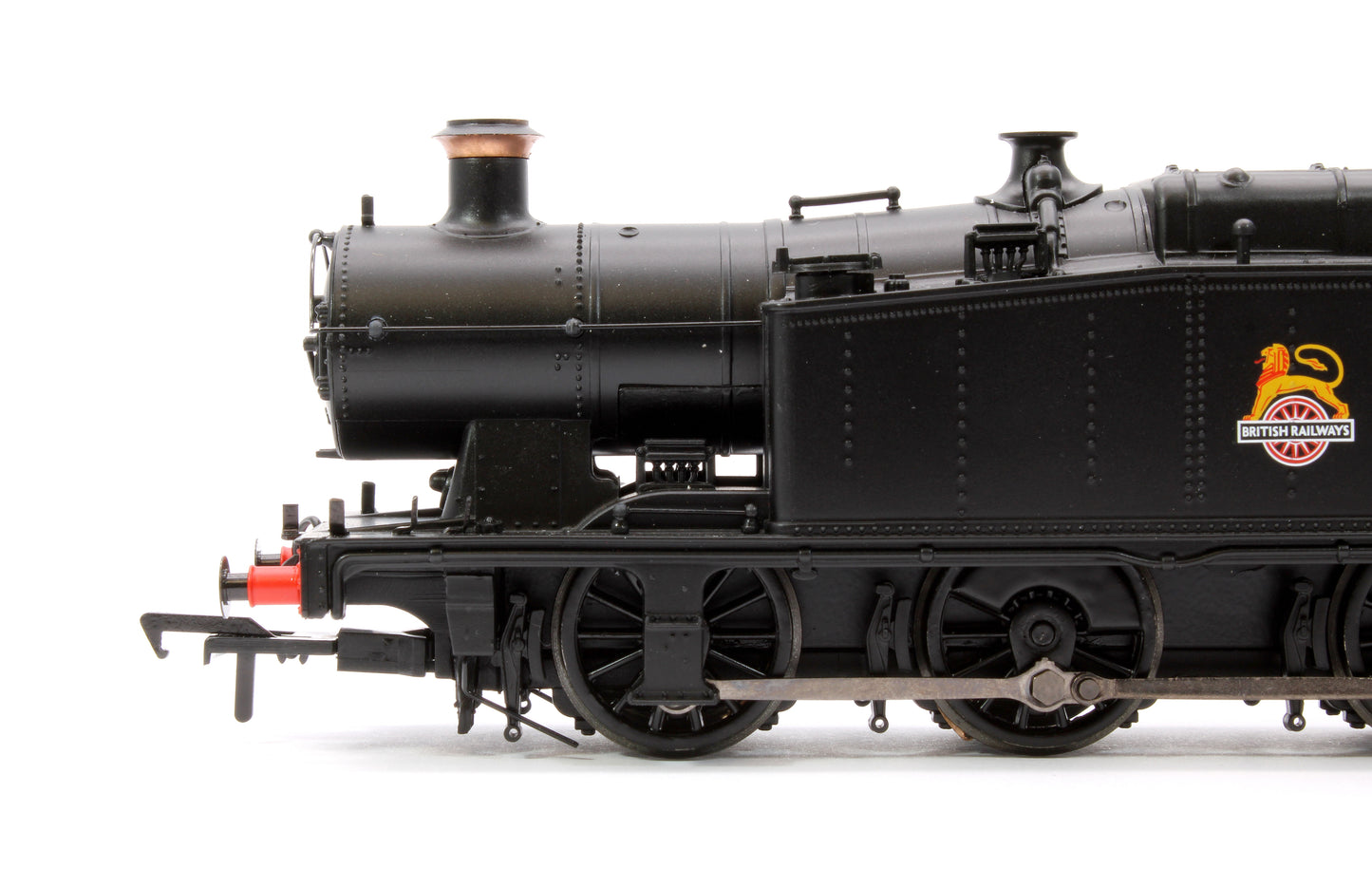
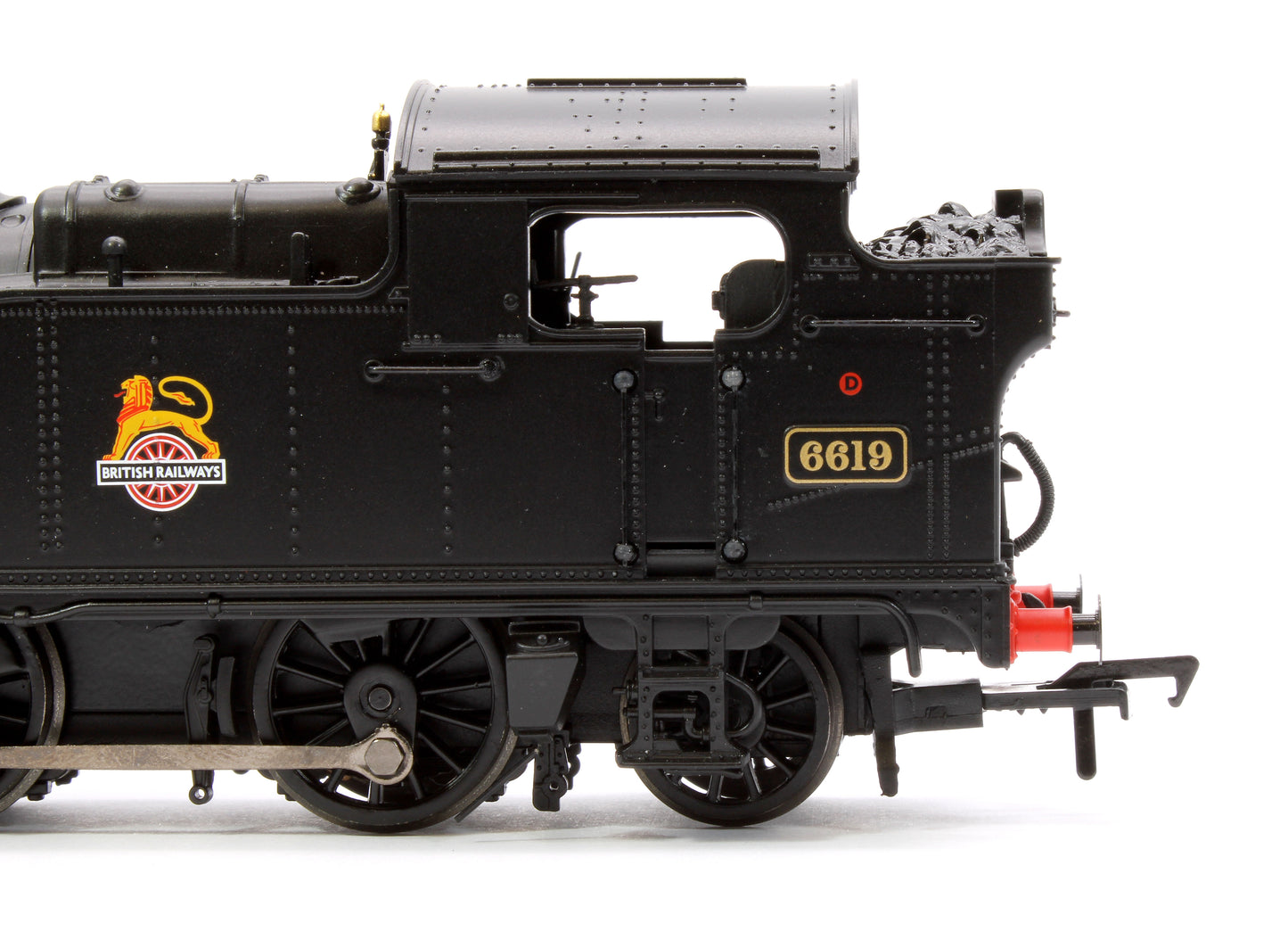
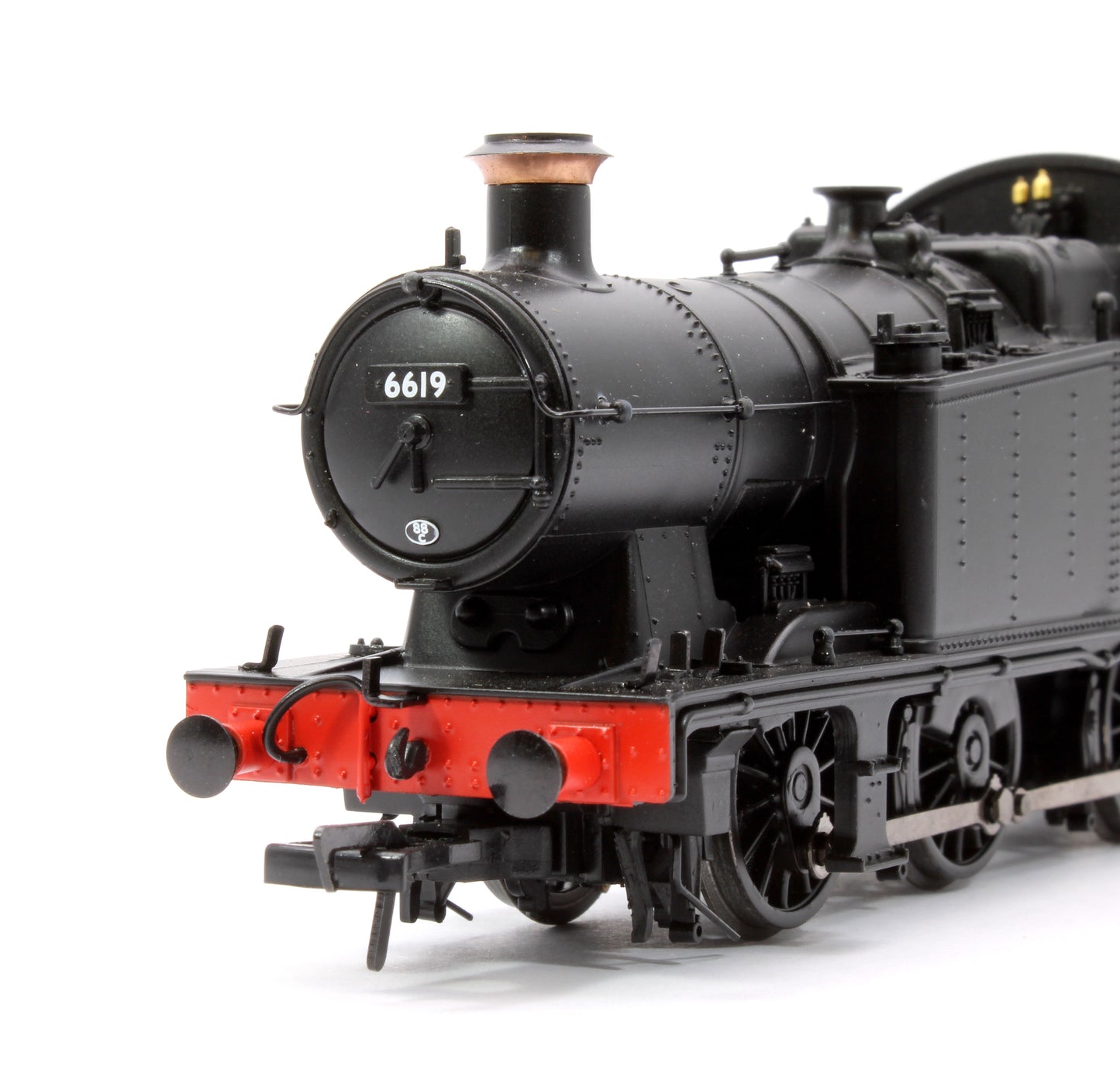
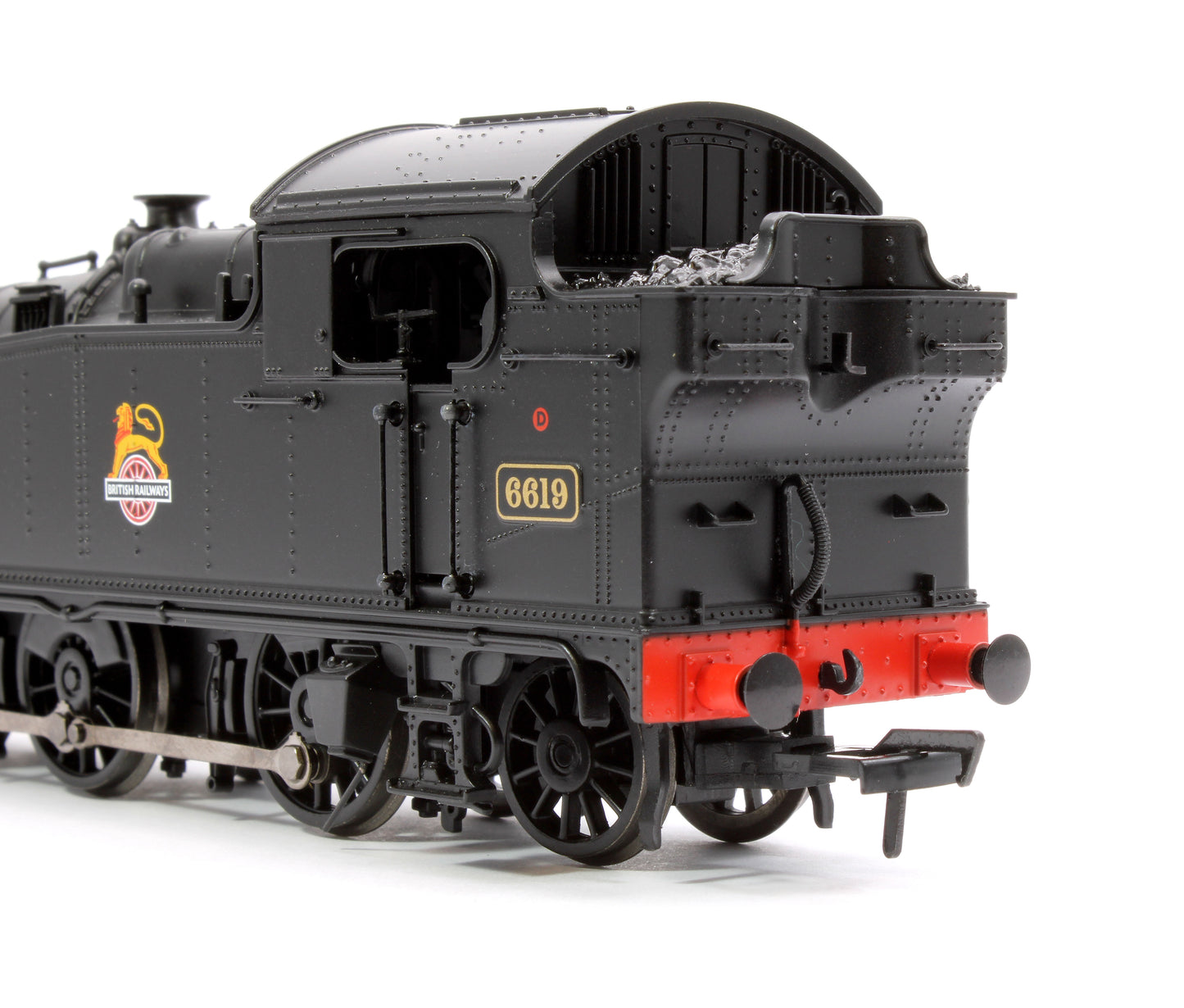
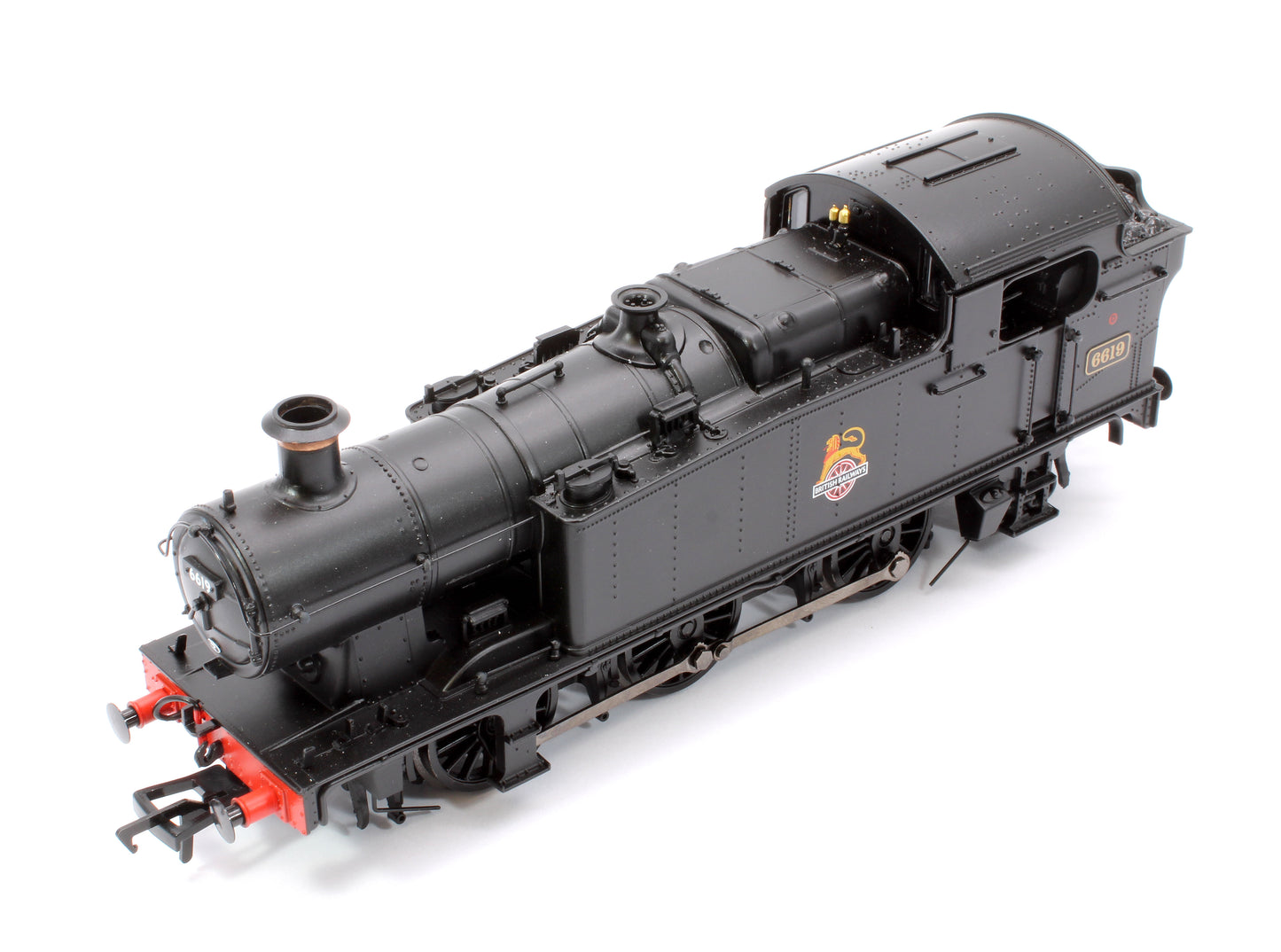
Product Details
| SKU | BAC-32-085A |
|---|---|
| Vendor | Bachmann |
| Categories | Bachmann Bachmann OO Gauge Bachmann Winter 2024 Announcements Best selling products Era 4 HO-OO In stock Items Latest Releases Locomotives New products OO Gauge Latest Releases OO Gauge Locomotives OO Gauge scale OO Gauge Steam Locomotives Steam Locomotives |
| Scale | OO Gauge |
| Share | |
| Features |
|
Product Description
The 56XX 0-6-2 Tank Locomotives were some of the GWR’s finest workhorses and we’re delighted to welcome OO Scale models of these popular machines back to the Bachmann Branchline range.
The prototype’s aura of strength and ruggedness comes across in the Branchline model which packs a punch thanks to the substantial use of diecast metal in the chassis and bunker, ensuring that this smooth-running machine can pull significant loads. Meanwhile the bodyshell is produced from precision moulded plastic components to which separate details are fitted, like the metal handrails, intricate lubricators, tank ventilators and sprung metal buffers.
The chassis, powered by a substantial 3 pole motor, carries an 8 pin DCC decoder socket and is adorned with details like the springs, brake blocks, brake rigging and sand boxes – accompanied by separate wire sandpipes. Completing the package is the livery application of rich paintwork adorned with finely printed lettering and numbering to portray this preserved locomotive at its finest.
MODEL FEATURES:
- Bachmann Branchline OO Scale
- Era 4
- Locomotive is Preserved
- Pristine BR Black Early Emblem livery
- Running No. 6619
- Short Safety Valve Cover
- NEM Coupling Pockets
- Sprung Buffers
- Powerful 3 Pole Motor
- Equipped with a 8 Pin DCC Decoder Socket – Recommend Decoder item No. 36-566A
- Length 155mm (over couplings)
CLASS 56XX HISTORY
When the ‘Big Four’ railway companies were created at the Grouping in 1923, the Great Western Railway (GWR) absorbed most of the lines in South Wales. Here, many railways had been established to serve the coal mines and steel works, and to work these routes, strong and steady locomotives were required. Each of the pre-grouping companies had developed their own locomotives to take on this work, and most favoured tank engines with a 0-6-2 wheel formation. Powerful and sure of foot, the 0-6-2Ts were well suited to working the undulating routes and sharply curved lines that linked the pits and works with the docks. The locomotives did not need to exhibit high top speeds, nor did they travel great distances and so large tanks and coal bunkers were not a necessity either. The Great Western Railway recognised the merits and success of the existing locomotives, but with standardisation in mind the GWR set on designing its own 0-6-2Ts to replace the varied collection of locomotives that it had inherited. Designed by Charles Collett, the first 56XX entered traffic in 1924, just a year after Grouping, and 200 examples would be built before construction ended in 1928.
While most 56XXs were deployed to South Wales, some worked across other areas of the GWR network including allocations to Bristol, Worcester, Wolverhampton and London and although the type had been designed with freight in mind, they were no strangers to passenger services either. The locomotives proved very successful and all were still in traffic come Nationalisation in 1948, with BR inheriting a fleet of 200 locomotives that would go on to serve them for well over a decade before the first examples were finally withdrawn in 1962. Steam on the Western Region officially ended in 1965, signalling the end of the 56XXs and many would end up at the famous Woodham Brothers Scrapyard in Barry, from which many of today’s preserved locomotives were saved. Nine members of the Class remain today, eight of which came from Woodham’s.










